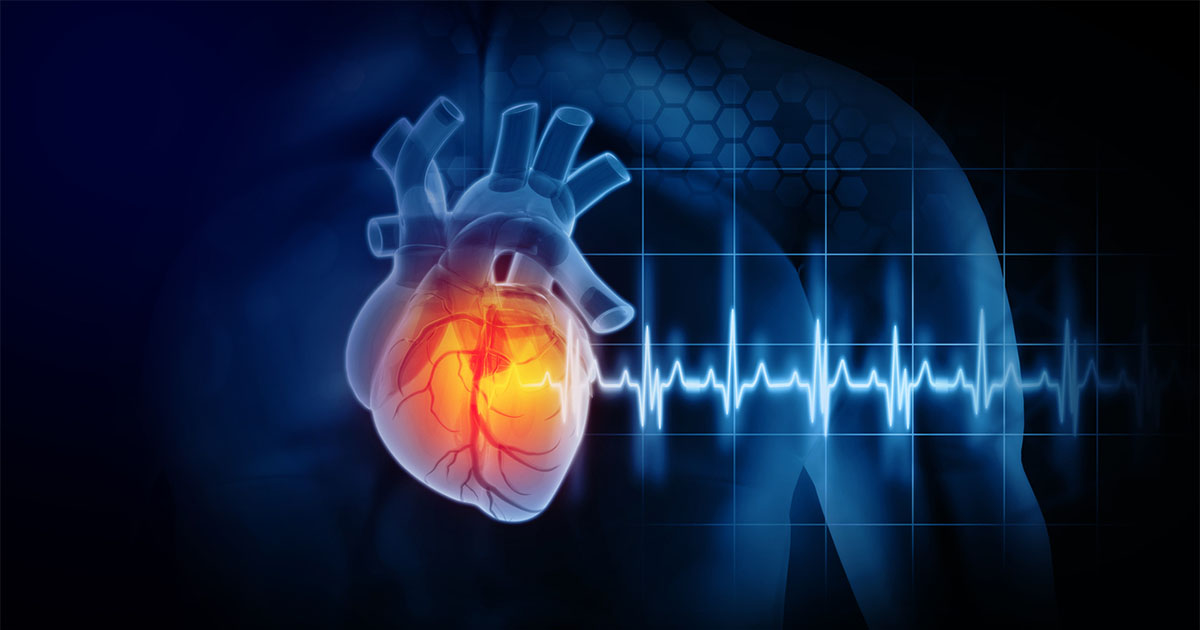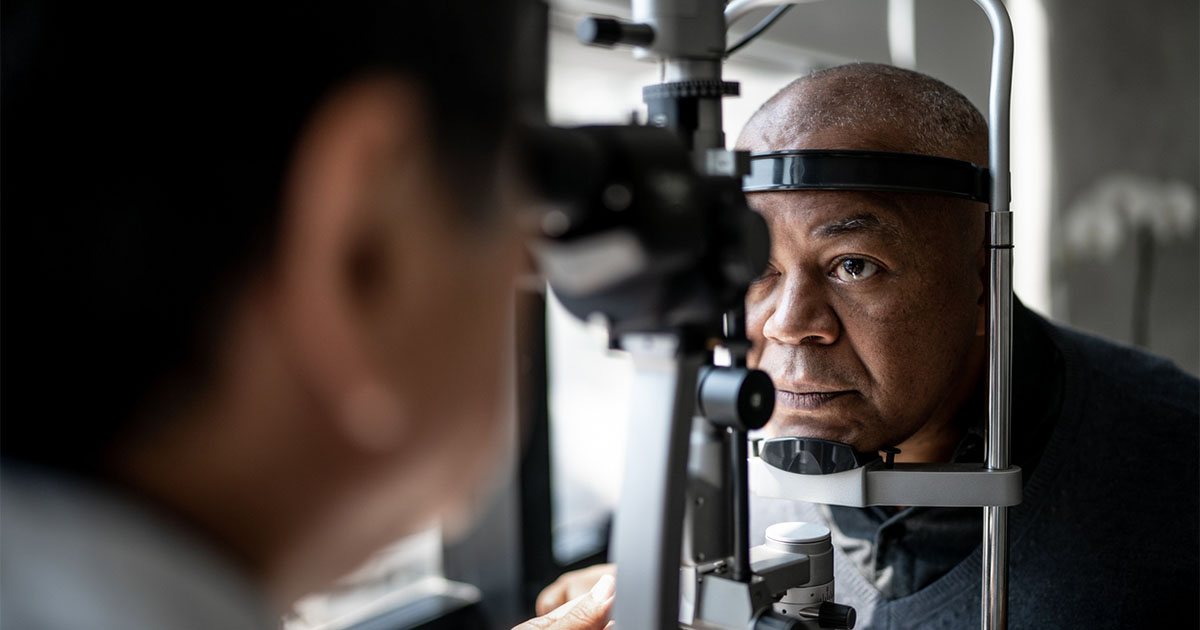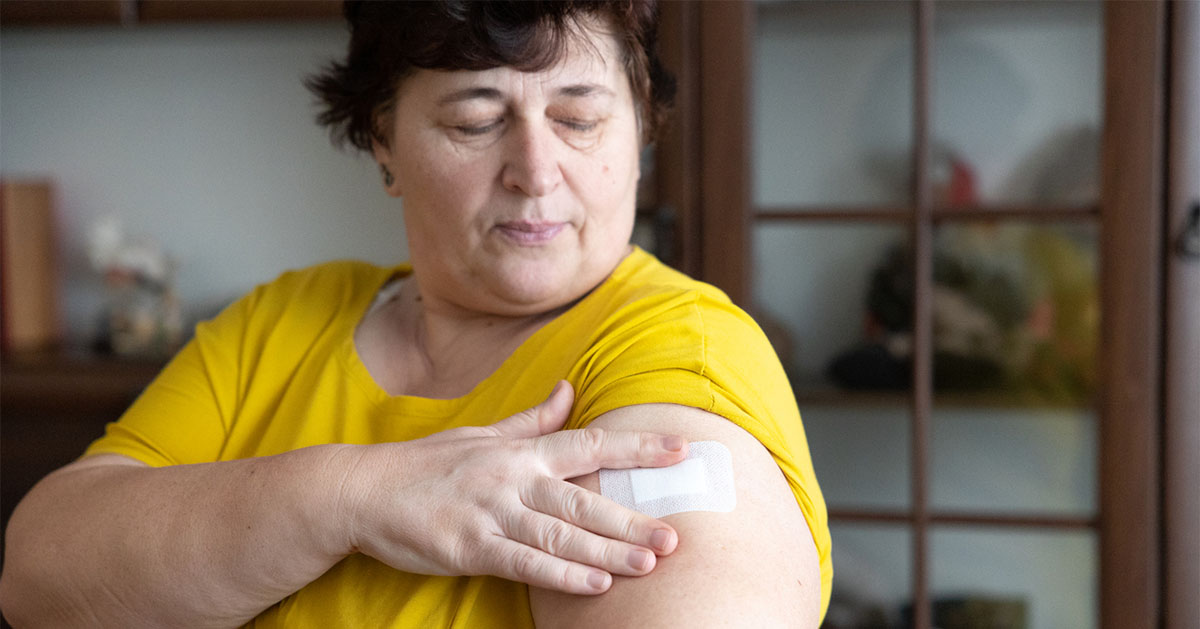For the care of both adults and children, there are some important emphases for health professionals: the promotion of self-management (as opposed to health professional diktat) is firmly recommended and supported by evidence; trained and specialist health professional teams are seen as the cornerstone of structured care; and an annual educational review is given equal importance as medical surveillance. This is welcome guidance, even if some aspects are not as well developed as others. For example, there is no clear guidance on exactly what ‘training’ should comprise or for (or by) whom, and some paragraphs are densely packed with jargonese. The guidance is probably best viewed as a companion to the National Service Framework delivery strategy (Department of Health, 2003) as it develops the service models for many of the Standards.
Type 1 diabetes in children will be the subject of other articles, so this article will concentrate on giving an overview of what the National Institute for Clinical Excellence (NICE) guidance for adults with the condition comprises, and in particular, what implications there are for insulin regimens and their management.
Definition of ‘adult’ and overall structure of care
The guideline considers adults to be those aged 18 years and older, and separates care into initial review, comprising diagnosis with or without acute care and initial education and skills acquisition, and annual review. The latter is divided into three sections – assessment of education and skills; assessment of arterial risk factors; and assessment of developing complications. Figure 1 shows the recommended sequaelae of these components.
Diagnosis and initial care
Consideration of possible type 2 diabetes in younger people is given due emphasis in this section along with guidance on the use of tests for insulin antibodies or C-peptide levels (basically, tests are not necessary). This is a useful reminder that the days of ‘type 1 diabetes = children or adults under 40, type 2 diabetes = over 40 and overweight’ are long gone as diagnostic ‘rules of thumb’ – dramatically superseded by the explosion of type 2 diabetes in young people. The correct diagnosis, made according to World Health Organization criteria, is essential. Once diagnosed, initial care might be given in an acute setting or as an outpatient, but has to be provided by ‘a range of professionals working together in a coordinated approach’ (NICE, 2004, p34) and using a common environment such as a diabetes centre as a resource. Although the grades and disciplines of these professionals are not specified, the care provision and education clearly is: open access during the day, 24-hour helpline, and individual care plans comprising all aspects of information to be given, updated and recorded on a register. Specifically included in this information is the requirement to give details of support groups and organisations for people with diabetes.
Education and self-management skills and ongoing assessment
A major strength of this guidance is the emphasis on the structure and content of education to be offered, and the principles governing its delivery. Adult education techniques, such as utilising people’s own judgements and decision-making capacity to manage their care, and giving sufficient relevant information about food, insulin and physical activity to make choices, are recommended. Paragraph 1.8.1.5 indicates that any consultation with someone with type 1 diabetes might become an educational exchange should the health professional create that opportunity. An annual, formal assessment of education and self-care needs, designed collaboratively between the person and healthcare professional, is a novel and key aspect of annual review.
Blood glucose control and self-glucose monitoring
The guidance states the recommended targets for both prandial glucose results and HbA1c levels (Table 1), which should be explicitly shared with the person. It also recommends the teaching of self-monitoring of blood glucose for those with type 1 diabetes, commencing close to diagnosis. An important component of this teaching is the interpretation of the results obtained, ‘in the light of clinically significant life events’ (NICE, 2004). This means education about monitoring should be an integrated package, including the utilisation of test results to inform adjustment of insulin, food or physical activity. Consideration is given to situations in which people may not be achieving optimal control, either experiencing frequent hyperglycaemia or hypoglycaemia. The guidance seems to indicate that a discussion of the risks involved and an explanation of the benefits of striving towards, even if not achieving, recommended levels is an important part of a consultation.
Cardiovascular and microvascular risk assessment, surveillance and management
Much of the section on arterial risk comprises well-recognised strategies for prevention and treatment/management. However, the actions to be taken in respect of diagnosis and monitoring are very clearly set out and unambiguous. It is tempting for health professionals to think of cardiovascular risk primarily in respect of type 2 diabetes, but this is a useful and clear reminder of the risk in type 1 diabetes and the need for aggressive management and education for prevention to be given equal importance to that applied to type 2 diabetes. Helpful tables outline the levels and measurements indicating increased risk, and risk is categorised into high and moderate, with according management strategies. This includes management for those who have already suffered an arterial event.
From the point of view of microvascular complications, the surveillance strategies and referral guidance is a rehearsal of that found elsewhere, e.g. in previous documents detailing good practice, but it is presented here in a detailed enough way to follow or create a protocol from (for example in a primary care diabetes service) and includes a number of ‘do nots’ as well as ‘dos’. The management of painful diabetic neuropathy section is particularly clear.
Other complications and situations
The particular situations of diabetes and pregnancy, psychological consequences of living with a chronic condition, intercurrent illness and erectile dysfunction are all covered in some detail and give useful guidance for optimum management of these situations. In particular, the section on inpatient care emphasises the benefits of attention from specialist diabetes teams and of the use (rather than the simple presence) of protocols for the management of surgery on people with type 1 diabetes. An algorithm for the management of diabetic ketoacidosis is included as an appendix.
Insulin therapy, regimens and delivery
The real life-saver and bottom-line management in type 1 diabetes is, of course, injected or infused insulin. Pages 43 to 50 of this NICE guidance cover all considerations in respect of insulin regimens and the principal side-effect of this treatment, namely hypoglycaemia.
In keeping with the tenor of the guidance on glucose control targets and the promotion of self-management by the person with type 1 diabetes, the guidance on insulin emphasises the selection of a regimen and device which most suits the individual and their lifestyle, including ‘consideration of unusual patterns or combinations’ (NICE, 2004, p45). This is refreshing and probably heralds a more realistic individualisation of regimens than hitherto. The section also helpfully includes indications for the use of long-acting analogue insulins, e.g. insulin glargine, in combination with meal-time doses of rapid-acting insulin and/or when hypoglycaemia is a problem, either in the morning or during the night on isophane insulin. Although there seems to be an emphasis on the use of multiple injection regimens, in keeping with the most up-to-date evidence and insulin available, there is also a section detailing when twice-daily regimens might be helpfully employed and how to manage the ’honeymoon period’ (when endogenous insulin is produced for a short period post-diagnosis) by using meal time or basal insulin only.
This section emphasises the connection between self-monitoring and delivering insulin although little is specifically said about the process of dose adjustment. Practical aspects of insulin delivery are covered including selection and rotation of injection sites (the abdomen clearly recommended as the site of choice for meal-time insulin). The provision of a range of options of delivery devices, appropriate sized needles, and sharps containers and disposal are also covered. In respect of the latter, it is disappointing to see no guidance at all on how trusts should organise disposal of sharps containers, merely that ‘arrangements should be available’ (NICE, 2004, p47).
Implications of the guidance for insulin use
The most likely impact of this guidance on insulin regimen decision making will be a greater tendency to offer people a basal bolus system from diagnosis. It is clear from the guidance that optimum glycaemic control from diagnosis is desirable and that people need the ‘tools to do the job’. With the recent advent of rapid-acting and long-acting analogue insulins, and the emphasis on education for self-adjustment of dosages on the basis of self-monitoring, the workshop might be said to be better equipped now than previously. The clarity of the guidance might also help health professionals less experienced with insulin and regimens to better understand them. It may also enable health professionals and their prescribing masters to be more inclined to tolerate changes of regimen in the search for the ‘best fit’ for the particular time in the person’s life.
Hypoglycaemia
Regarding hypoglycaemia (hypos), its prevention and management, the guidance makes it clear that people with type 1 diabetes must be informed about the inevitable occurrence of hypos and the circumstances in which it might be delayed or prolonged (after vigorous exercise or alcohol, for example). The strategies for avoidance and prompt treatment by the person themselves are given along with management by others or healthcare workers, although nothing is said about the risk of hypos while driving and the controversy surrounding employment and hypos. The attention to avoiding frequent blood glucose levels of less than 3.5mmol/l is welcome, as is the mention of serious consideration of hypos being a cause of cognitive decline in people with type 1 diabetes.
Conclusion
This NICE guidance on type 1 diabetes seems to seriously promote the role of self-management by adults with diabetes and reflect the fact that partnership, information and the equipment of choice can bring about the desired clinical outcomes. It clearly outlines what we health professionals need to provide to make this happen, what the targets are and, in the audit section, how we can check that it is happening. All that is needed now is for the words to become a reality of clinical practice.





Higher intake of French fries, but not baked, boiled or mashed potatoes, associated with increased risk of developing type 2 diabetes.
4 Sep 2025